Introduction
The Noble Mango, also known as the ‘Guifei’ mango, is a variety renowned for its exquisite taste and aromatic flavor. Originating from the lush tropical regions of China, this mango variety has gained popularity worldwide due to its sweet, juicy flesh and a unique balance of tanginess that enhances its overall eating experience. However, enjoying the full potential of a Noble Mango requires one crucial skill: determining its ripeness. Unlike many other fruits, the ripeness of a mango can be somewhat subjective and varies depending on individual preferences. This article aims to provide a comprehensive guide on how to assess the ripeness of a Noble Mango, ensuring that you savor it at its optimal stage of maturity.

Understanding the Growth Cycle of the Noble Mango
Before diving into the specifics of ripeness, it’s essential to understand the growth cycle of the Noble Mango. Mango trees typically bloom in the spring, with flowers giving rise to small, green fruits. These fruits undergo a gradual transformation throughout the summer months, growing in size and changing color as they accumulate sugars and other nutrients. The ripening process is triggered by a combination of environmental factors, including temperature, humidity, and the availability of sunlight.
Visual Indicators of Ripeness
One of the most straightforward methods to gauge the ripeness of a Noble Mango is by observing its appearance. Here are some key visual cues:
-
Color Change: Noble Mangos start their life cycle as a uniform green hue. As they mature, the skin begins to develop patches of red, yellow, or orange, depending on the variety. While some people prefer fully colored mangos, others find that a blend of green and other colors indicates a perfect balance of sweetness and tanginess. Generally, a mango with a significant portion of its skin turned to a vibrant color is closer to being ripe.
-
Skin Texture: As Noble Mangos ripen, their skin becomes smoother and less waxy. A ripe mango should have a slightly soft-to-the-touch exterior without being overly mushy. Avoid mangos with wrinkled or cracked skin, as these may indicate over-ripeness or dehydration.
-
Stem Condition: The stem of a mango can also provide clues about its ripeness. A fresh, green stem usually means the mango is still relatively young and may need more time to ripen. Conversely, a stem that has dried out or fallen off completely often signifies that the mango is ripe or even overripe.
Tactile Assessment
Touch is another crucial sense when determining mango ripeness. Here’s how you can use it effectively:
-
Gentle Pressure: Apply gentle pressure to the mango with your thumb and forefinger. A ripe mango should yield slightly to pressure but still feel firm. If it feels too hard, it likely needs more time to ripen. On the other hand, if it feels overly soft or collapses under pressure, it might be overripe or even spoiled.
-
Weight and Density: Hold the mango in your hand and note its weight relative to its size. A ripe mango should feel heavy for its size, indicating that it is juicy and full of flavor. Lightweight mangos might be underripe or dried out.
Olfactory Clues

Your sense of smell can also be a valuable tool in assessing mango ripeness. As Noble Mangos ripen, they emit a sweet, tropical aroma that becomes more pronounced as they near peak ripeness. Here’s how to use your nose to your advantage:
-
Intensity of Aroma: Place your nose close to the mango and inhale deeply. A ripe mango will have a strong, inviting scent. If there’s no discernible aroma, the mango may need more time to ripen. Conversely, an overly strong or alcohol-like smell can indicate over-ripeness or spoilage.
-
Variety-Specific Aromas: Keep in mind that different varieties of Noble Mangos may have slightly different aromas. Familiarize yourself with the specific scent of your preferred variety to better gauge its ripeness.
Using a Tree-Ripened vs. Store-Bought Mango
The ripening process can differ slightly depending on whether your mango was picked from a tree or purchased from a store. Here’s how to approach each scenario:
-
Tree-Ripened Mangos: Mangos that are allowed to ripen on the tree tend to have the best flavor and texture. These mangos will naturally fall when they are fully ripe, making them easy to identify. If you have access to tree-ripened mangos, simply look for those that have fallen to the ground and exhibit the aforementioned signs of ripeness.
-
Store-Bought Mangos: Mangos sold in stores are often picked before they are fully ripe to prevent over-ripening during transit. To ripen these mangos at home, place them in a paper bag with an apple or banana (which emit ethylene gas, a natural ripening agent). Check the mangoes daily, using the visual, tactile, and olfactory cues outlined above to determine when they are ready to eat.
Conclusion
Determining the ripeness of a Noble Mango is an art that combines observation, touch, and smell. By paying attention to the color change, skin texture, stem condition, firmness, weight, and aroma, you can accurately assess when a mango has reached its optimal stage of maturity. Remember, the perfect ripeness for one person may differ from another, so don’t hesitate to experiment and find what suits your taste buds best. With a bit of practice, you’ll soon be able to enjoy every bite of your Noble Mango at its absolute peak of flavor.
In summary, mastering the art of mango ripeness assessment not only ensures a delightful eating experience but also maximizes the nutritional and sensory benefits of this exquisite fruit. Happy mango hunting!
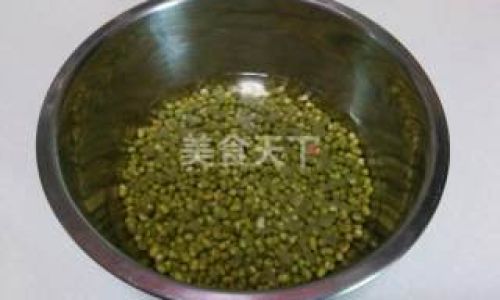
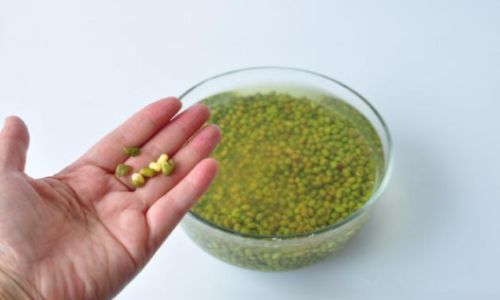
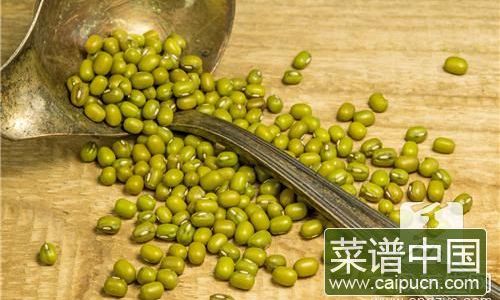
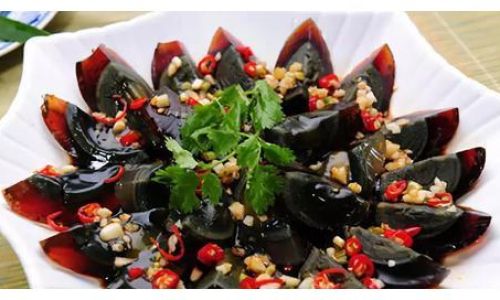
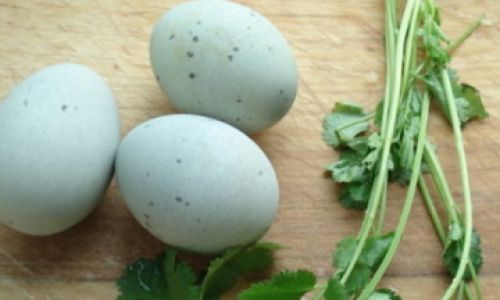
0 comments